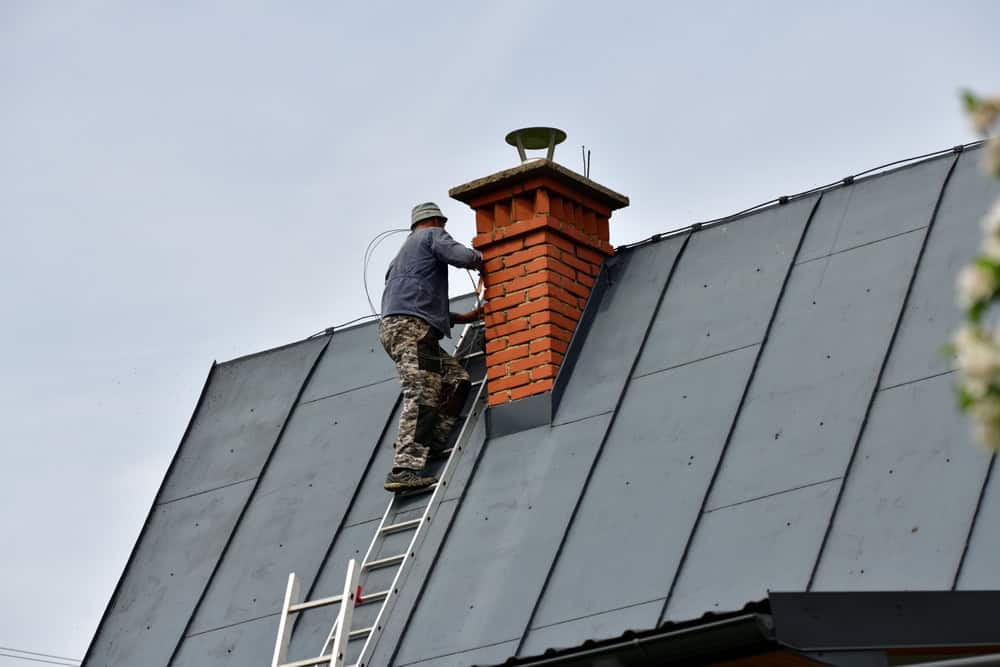Professional chimney liner installation that keeps your Bristol County home safe all winter long.

Hear from Our Customers

Your chimney works like it should. No more worrying about carbon monoxide leaks or drafting problems during those cold Rhode Island winters. No more debris falling into your firebox or wondering if your family is safe when you light a fire.
A properly installed stainless steel chimney liner gives you consistent performance from your heating system. Your fireplace draws correctly, your heating bills stay predictable, and you sleep better knowing everything is sealed and vented properly.
The right liner installation means fewer emergency calls, fewer expensive repairs down the road, and a chimney system that actually protects your home instead of putting it at risk.
We’ve been serving Bristol County homeowners since 2000. The same experienced team that started this company is still here, still working on chimneys, still solving problems for families who need reliable heating systems.
Every technician on our team holds CSI certification from the Chimney Safety Institute of America. That means we know current codes, proper installation techniques, and how to handle the specific challenges that come with older Rhode Island homes.
Bristol County homes deal with harsh winters, coastal moisture, and aging chimney systems that weren’t built for today’s efficient heating appliances. We understand these local conditions and choose materials that handle them properly.

First, we inspect your chimney using specialized cameras. This shows us the exact condition inside, helps determine the right liner size, and lets us give you an accurate chimney liner cost estimate with no surprises.
Next, we thoroughly clean your chimney and prepare it for the new liner. We use high-quality 316Ti stainless steel liners that resist heat and corrosion better than cheaper alternatives. The installation involves carefully maneuvering the liner down your chimney and connecting it properly to both your appliance and the top assembly.
Finally, we test everything. We check for proper draft, secure connections, and make sure your system is sealed from your appliance all the way to the chimney top. The whole process typically takes one day, with minimal disruption to your routine.

Ready to get started?
Every chimney liner installation includes the complete system: the stainless steel liner itself, proper connections, top plate assembly, and any insulation needed for your specific application. We use 316Ti stainless steel because it handles the temperature extremes and moisture conditions common in Bristol County.
Your installation comes with a lifetime transferable warranty on the liner itself. That’s coverage you can count on, and coverage that transfers if you sell your home.
Bristol County’s coastal climate and older housing stock create unique challenges. Many homes here have chimneys that were built decades ago for different heating systems. We account for these factors, choosing liner sizes and materials that work with your existing setup while meeting current safety standards. Free estimates help you understand exactly what your chimney needs without any upfront costs.
